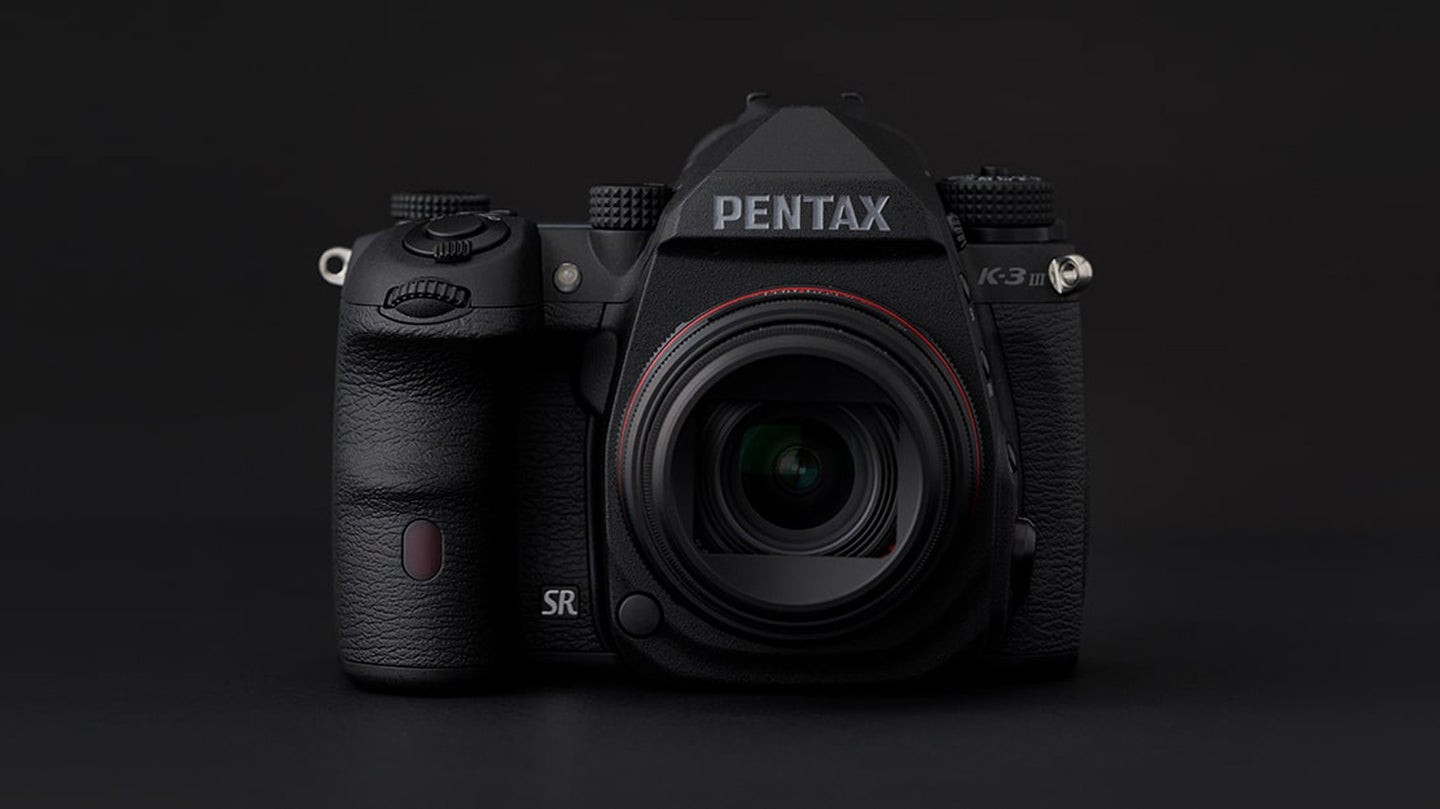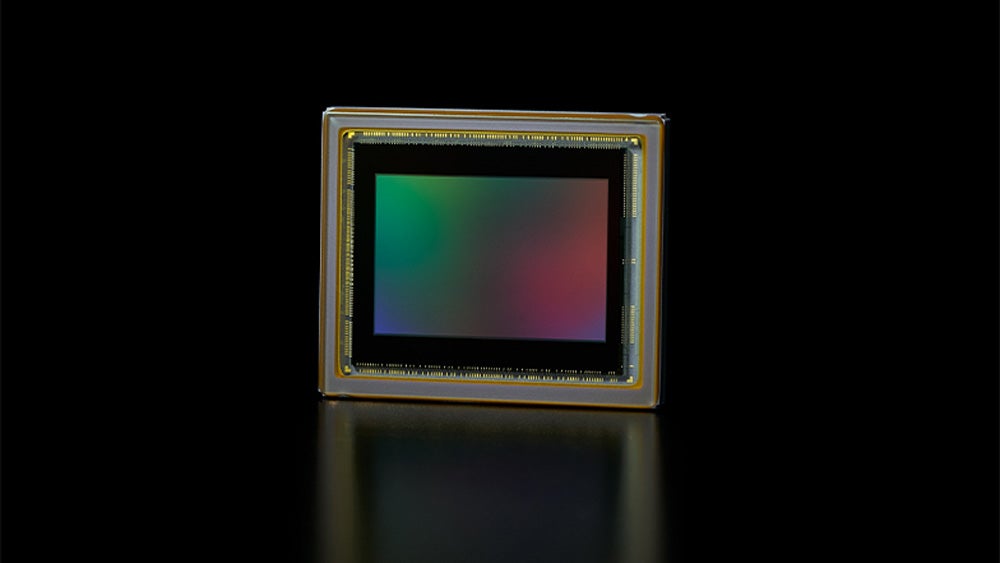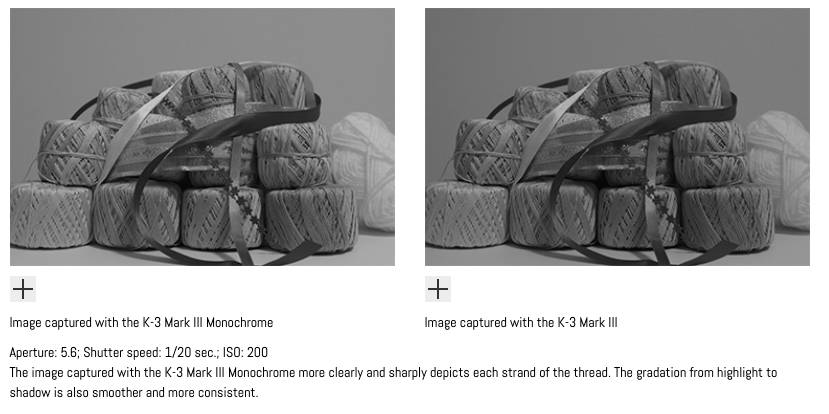
More than a decade ago, I went out to Berlin for Leica’s launch of its first M Monochrom camera. I was skeptical of a digital camera only designed to shoot in black-and-white. But, it didn’t take long for me to understand the benefit of a digital camera without the burden of color filters. Now, Ricoh has introduced its new Pentax K-3 III Monochrome, which provides an extremely versatile option for those photographers looking to simply capture light and shadow.
Pentax K-3 III Monochrome DSLR at a glance

Here are some essential features and specs to know about the new Monochrome camera.
- New 25.73 sensor is incapable of shooting in color due to a lack of color filters
- The body shares most of its design with the standard K-3 III aside from aesthetic touches
- Built-in image stabilization system works with modern and vintage lenses
- Firmware includes black-and-white shooting modes for more or less contrast
- 100 percent coverage in the optical viewfinder
- 3.2-inch, 1.62-million dot main display
- 101 autofocus points (25 cross-type)
- Video recording at 4K up to 30 fps
Features and specs
The heart of the Pentax K-3 III Monochrome is a custom-engineered 25.73-megapixel APS-C sensor that Ricoh has created specifically for this camera. That’s roughly the same resolution you can expect out of the typical K-3 III. In fact, this camera is very similar in almost every other way to its color-capturing cohort. Those similarities include the body design, but Pentax has given the Monochrome edition a few flourishes. It has the word “Monochrome” in subtle lettering on the back panel, and the top display lights up white to keep the colors (or lack thereof) consistent across the board. Even the menus take a decidedly black-and-white approach in their aesthetics.
It will retail for $2,199, which is about $500 more than you can expect to pay for the standard K-3 III on the market right now. That markup isn’t a surprise since this will likely be a very specialized camera. And while $2,199 isn’t cheap, it is a bargain compared to its other black-and-white-only competition. Leica’s M11 Monochrome will set you back more than $9,000 and that’s before you add a pricy lens.
The Pentax K-3 III has a standard Pentax K mount, which allows it to work with modern lenses, as well as a whole host of legacy lenses without the use of an adapter. While the native lens selection is excellent, this is one of the areas in which its DSLR status is a slight hindrance. Because of its long flange distance (a necessity to fit the mirror box), the K-mount isn’t ideal for adapting vintage lenses from other manufacturers. That’s too bad because old lenses on a black-and-white camera can be a lot of fun.
Why make a black-and-white digital camera?

On paper, the K-3 III Monochrome looks very promising, but some of you are surely wondering why anyone would want a dedicated black-and-white body when it’s so easy to convert in post or use a typical camera’s built-in black-and-white modes. It all has to do with the sensor.
Your current digital camera’s sensor has a red, green, or blue colored filter sitting above each pixel (or photosite). These filters are typically arranged in what’s called the Bayer pattern. It’s a four-pixel pattern with two green, one blue, and one red in a specific arrangement. Every time you take a photo, the camera collects the information from each pixel and then interpolates that information to create a full-color image. Fujifilm X-Trans work in a similar way, but it arranges its colored filters in a different layout.
Black-and-white cameras like the K-3 III Monochrome eschew the color filters completely because the camera doesn’t need that information. As a result, more light gets through to the photosites, and the camera can lay out the image on a pixel-by-pixel basis with no interpolation. That translates into 14-bit raw files with tons of luminance information and an impressive ability to render fine details.
This arrangement also means that the camera works similarly to a film camera if you’re using colored filters. Want to turn a boring blue sky into a dark dramatic scene? An old-fashioned red filter will do the job.
Pentax K-3 III Monochrome release date and price
The Pentax K-3 III Monochrome is scheduled to hit store shelves later this year for a retail price of $2,199. You can currently sign up on the Pentax site for updates about pre-orders and the official release. I haven’t shot with a dedicated monochrome camera since that time I spent with the Leica M, but I still regularly shoot black-and-white film, so I’m looking forward to trying this out when review units become available.
The post The Pentax K-3 III Monochrome is a DSLR that only shoots black-and-white appeared first on Popular Photography.
Articles may contain affiliate links which enable us to share in the revenue of any purchases made.